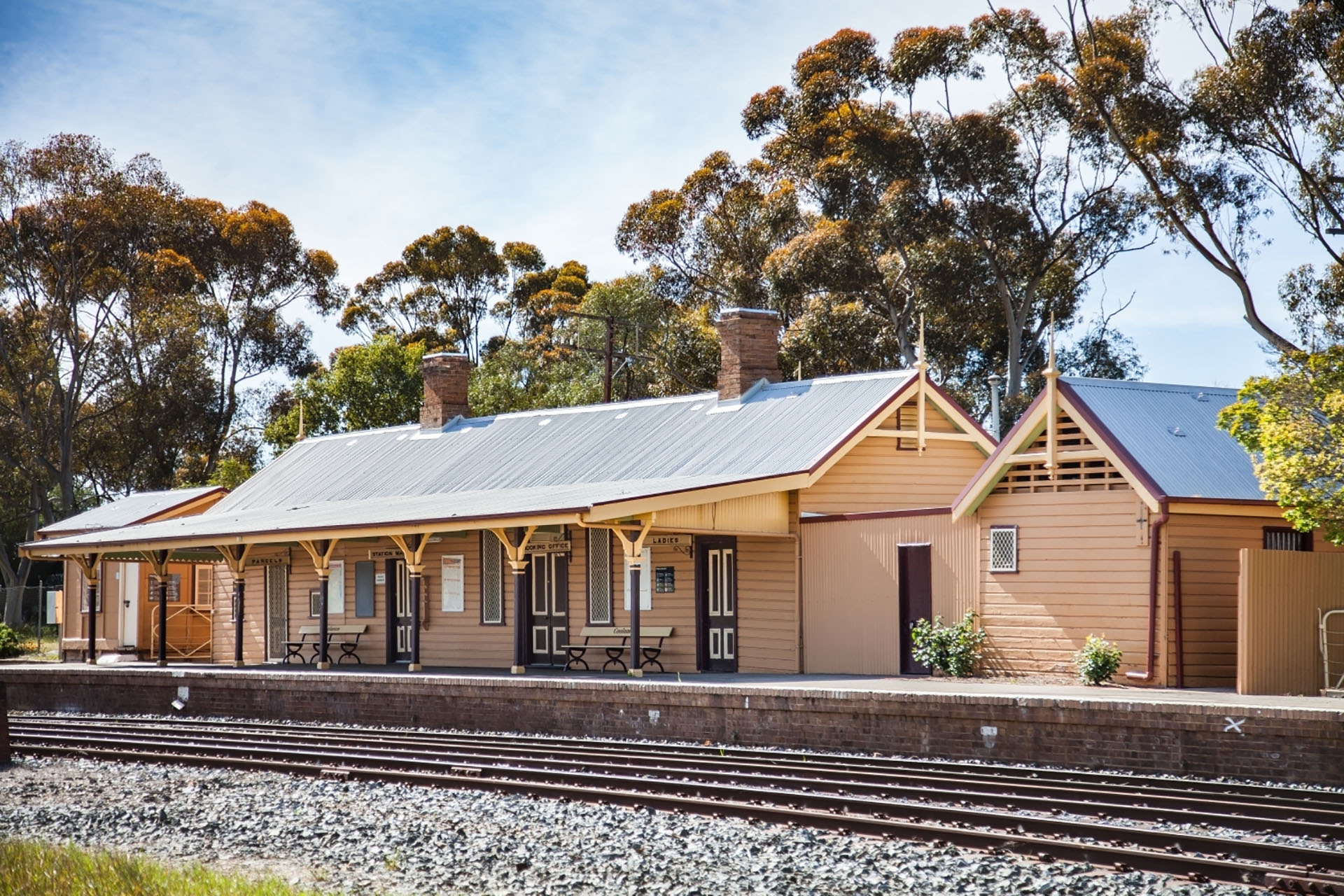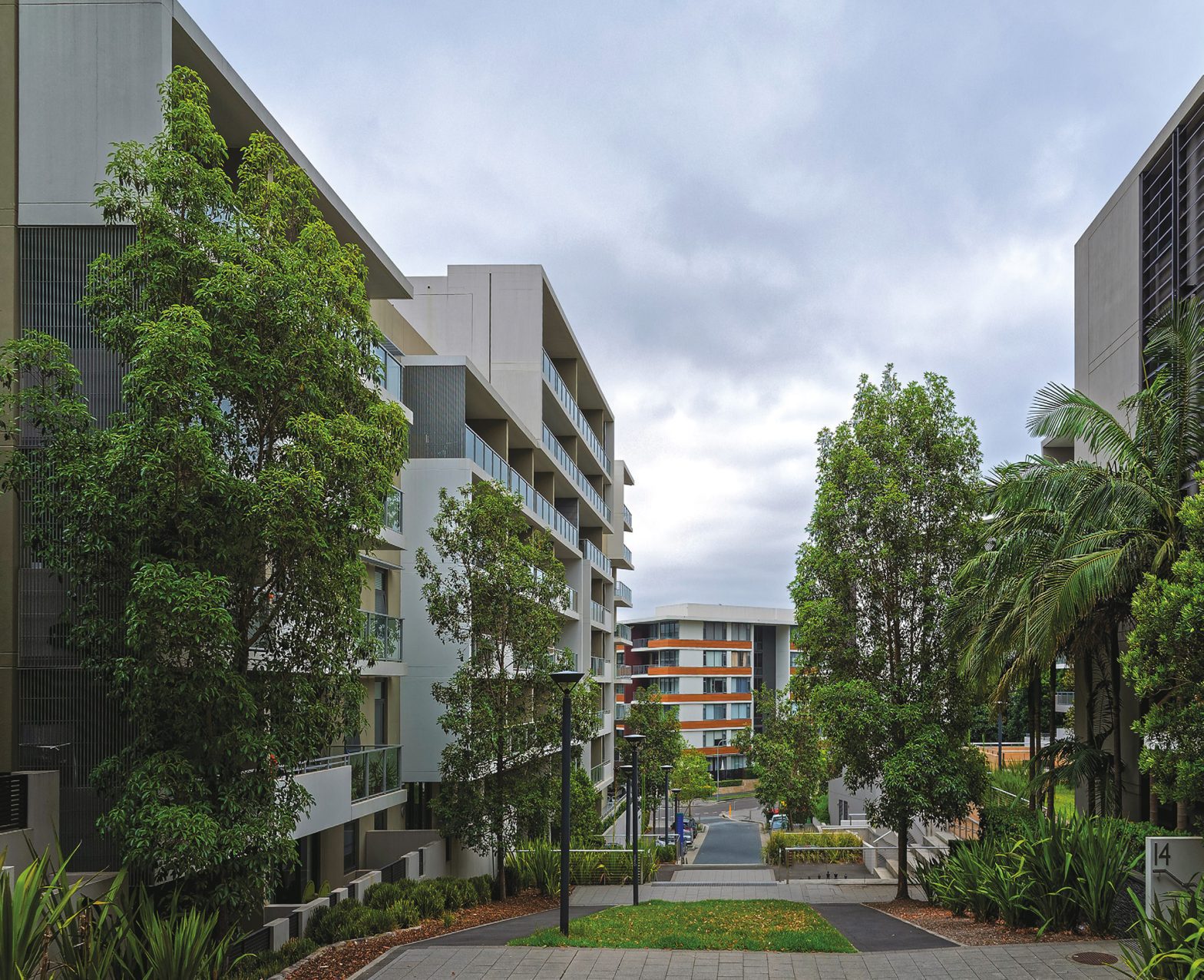Australian property market crash fears didn’t eventuate in 2019, neither did the expected oversupply. Here, we explore the factors behind this and the likelihood of a future downturn.
You will likely recall the dire predictions for the Australian property market in the mainstream press around a year ago. Remember the 60 Minutes story in late 2018 that had property naysayers predicting the market would crash 40% or more? In early 2019, headlines like “Let the bloodbath begin” and “House prices could fall by half in Sydney and Melbourne” were commonplace.
However, by year’s end the market in most capital cities had either stabilised or in fact, had risen like it had in Sydney and Melbourne, with Darwin being the only exception.
So, what went wrong? Or as some might ask, what went right? To answer that we need to first look at what caused the decline that beset the market in late 2017.
One business aligned to the property market that has seen a number of property cycles come and go is Deposit Power, having celebrated in 2019 its 30th year since launching in Australia. As Deposit Power issues hundreds of guarantees every month, its solid understanding on what is happening in the property market forms part of its risk mitigation strategy.
“What we have seen over the past two years is a market correction that happens in all markets from time to time. Prior to that, for five years property prices in Sydney and Melbourne each grew by around 10% per annum largely driven by the fact that each had at least 100,000 new residents each year. That’s over 300 new residents every day of the year. At some point, various market forces impact the current state of play and have an impact” said Grant Bailey, General Manager, Deposit Power.
Property market downturns are usually caused by several factors including a change in economic conditions or rising interest rates or an economic shock like the GFC. Mr Bailey believes the cause of the recent downturn is unique. “What makes the 2017 to 2019 downturn unique is that it was caused solely by a restriction in the availability of credit” he said.
Specifically, this was instigated by APRA reducing the lending for investment purposes. This has not only impacted ‘mum and dad’ investors but also property developers who struggled to get finance for their projects. JLL’s Apartment Market Report published in October 2018 noted that the Melbourne unit pipeline had fallen by one third for the September quarter compared to the same quarter in 2017.
“Despite there being predictions over the past few years of an oversupply of property, the reality is that the impact of APRA lending restrictions for investment purposes has had the effect of limiting this oversupply. Indeed, in recent years, the apartment pipeline of projects approved but not yet built has contracted over 30% in both Melbourne and Brisbane compared to previous periods” Mr Bailey continued.
Whilst the property market decline was primarily caused by one factor, the recovery that has occurred in the second half of 2019 has been caused by several factors. Most notably of those was the Coalition Government’s surprise victory in the May federal election. The victory caused a shift in consumer sentiment away from the negativity that was associated with Labor’s plans to change negative gearing and capital gains tax policy.
Another factor that has aided the recovery has been the recent relaxing of credit after the RBA’s warning in the first half of 2019 of the negative impacts of a tightening in the availability of credit. The lenders took notice and relaxed some of their qualifying criteria which resulted in an increase to individuals borrowing capacities. In the second half of 2019, Australian Bureau of Statistics housing finance data recorded an increase along with a rise in the number of valuations, both of which confirms that lenders have started to ease credit.
The main factor that will continue to drive growth in 2020 and beyond is Australia’s population growth which is the highest population growth per capita of any country in the developed world. “With new resident numbers seeing no signs of slowing, the prime driver of property price growth in the past decade remains as we enter a new decade” Mr Bailey stated.
Whilst there was a surge in property supply in 2016 through to 2018, as stated by AMP’s head economist Shane Oliver “that supply is now being worked off and there is no broad oversupply problem”. Vacancy rates in both Sydney and Melbourne are below historical averages which again points to a lack of oversupply.
In a December 2019 Australian Financial Review article, ANZ predicted that “as the lag between rate cuts and building approvals grows longer, residential construction activity is set to fall further, adding to the prospect of a housing shortage”.
Mr Bailey suggested “For years now we have heard that the Australian property market will crash, but it won’t. The main reason for this is because there is no such thing as an ‘Australian property market’. Rather, Australia has separate and distinct property markets within it.
And markets within markets. At any one time, one region can have a supply shortage whilst another a supply surplus. Another may have significant infrastructure work taking place – the likes of which Brisbane and Sydney are currently experiencing, whereas Perth and Adelaide do not.
Whilst macro factors play a part, so too do micro factors in regional areas, all of which help smooth and balance the market over time” Mr Bailey concluded.
Grant Bailey
E: [email protected]
M: 0406 001 401





